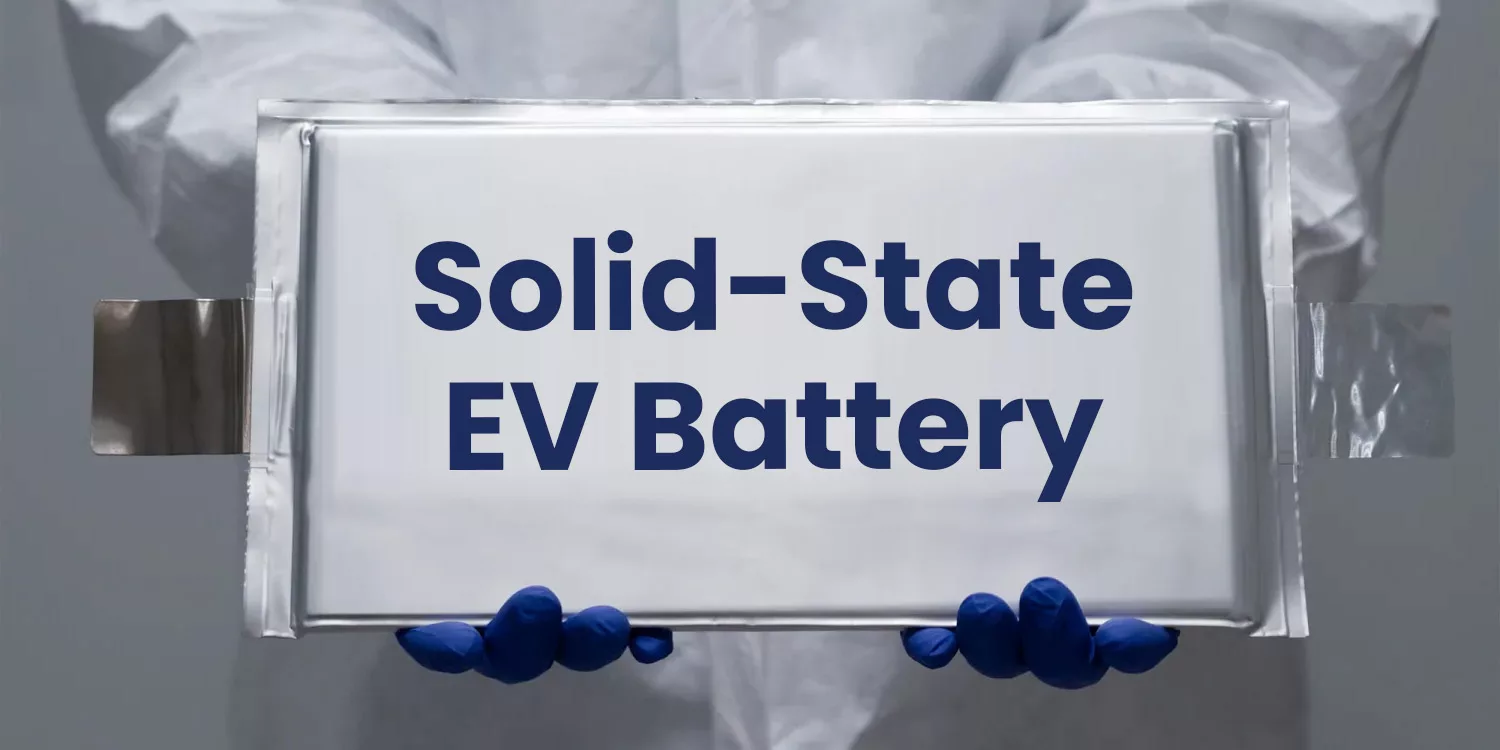Solid-state batteries are set to revolutionize the power landscape for Internet of Things (IoT) devices by providing safer, more efficient, and longer-lasting energy solutions. Their unique properties make them ideal for powering a wide range of IoT applications, from smart home devices to industrial sensors.
What Are Solid-State Batteries and How Do They Function?
Solid-state batteries are energy storage devices that utilize a solid electrolyte instead of a liquid one, which is common in traditional lithium-ion batteries. This solid electrolyte allows for the movement of ions between the anode and cathode during charging and discharging, resulting in higher energy density and improved safety.
Chart: Structure of a Solid-State Battery
| Component | Function |
|---|---|
| Anode | Stores lithium ions during charging |
| Cathode | Releases lithium ions during discharge |
| Solid Electrolyte | Facilitates ion movement between anode and cathode |
How Do Solid-State Batteries Enhance Power Efficiency in IoT Devices?
Solid-state batteries improve power efficiency in IoT devices through their ability to maintain high energy density while minimizing size and weight. This is crucial for IoT applications where space is limited, such as wearables and compact sensors. Additionally, they can operate effectively across a wide temperature range, ensuring reliable performance in various environments.
Chart: Comparison of Energy Density
| Battery Type | Energy Density (Wh/kg) |
|---|---|
| Traditional Lithium-Ion | 150-250 |
| Solid-State Battery | 300-500 |
What Key Benefits Do Solid-State Batteries Provide for IoT Applications?
The advantages of solid-state batteries for IoT applications include:
- Increased Safety: The solid electrolyte reduces risks associated with leakage and flammability.
- Longer Lifespan: These batteries typically have a longer cycle life, making them more cost-effective over time.
- Faster Charging: They can support quicker charging times, which is essential for maintaining uptime in IoT devices.
What Challenges Must Be Addressed to Widespread Adoption of Solid-State Batteries?
Despite their potential, several challenges hinder the widespread adoption of solid-state batteries:
- Manufacturing Costs: The production processes for solid-state batteries are currently more expensive than traditional methods.
- Material Limitations: Finding suitable materials that can conduct ions effectively while remaining stable is crucial.
- Scalability: Developing scalable production methods while maintaining quality is essential for commercial viability.
How Is the Market for Solid-State Batteries Adapting to IoT Needs?
The market for solid-state batteries is evolving rapidly due to increasing demand from the IoT sector:
- Investment Growth: Companies are investing heavily in research and development to create solid-state solutions tailored for IoT applications.
- Partnerships: Collaborations between battery manufacturers and tech companies are accelerating innovation in this field.
Industrial News
Recent developments indicate a surge in interest in solid-state batteries within the IoT sector. Major tech companies are exploring partnerships with battery manufacturers to integrate solid-state technology into their devices. For instance, advancements in miniaturization and energy efficiency are making these batteries increasingly viable for smart home products, wearables, and industrial sensors.
What Future Developments Are Anticipated in Solid-State Battery Technology?
Future innovations in solid-state battery technology may include:
- Advanced Materials Research: Ongoing studies aim to discover new materials that enhance conductivity and stability.
- Integration with Smart Technologies: As IoT devices become more sophisticated, integrating solid-state batteries with smart charging systems could optimize performance.
- Sustainability Focus: Research into recycling methods will be critical as demand for these batteries grows.
Redway Expert Insights
“Solid-state batteries hold immense potential to transform the power landscape for IoT devices,” states Dr. Jane Redway, an expert in energy storage technologies. “Their ability to provide safe, efficient, and long-lasting power solutions makes them ideal candidates for the next generation of smart technologies.”
FAQ Section
Q1: What are solid-state batteries?
A1: Solid-state batteries use a solid electrolyte instead of a liquid one, allowing for higher energy density and improved safety.Q2: How do solid-state batteries benefit IoT applications?
A2: They offer increased safety, longer lifespan, and faster charging times, making them ideal for powering compact and efficient IoT devices.Q3: What challenges do solid-state batteries face?
A3: Key challenges include high manufacturing costs, material limitations, and scalability issues.Q4: How is the market evolving for solid-state batteries?
A4: The market is seeing increased investment from tech companies seeking to integrate these advanced batteries into their IoT products.Q5: What future developments can we expect in this field?
A5: Innovations may include advanced materials research, integration with smart technologies, and improved recycling methods.



